The onset of Fall and the Winter that follows are synonymous, metaphorically and botanically speaking, with the death and dormancy of most species of foliage. However, the Fall months provide some of the best opportunities for improving your lawn and garden with Fall and Winter blooming plants, shrubs, and trees from Adams Gardens. In fact, some experts argue that the most important work a gardener does for the health of one’s garden and lawn is done during this period of “dormancy.”
There are several plant and flower species that are best planted in the Fall. Chrysanthemums, for example, are often fall favorites for many gardeners. The longer nights and shorter days of Fall are the trigger for chrysanthemums to begin the flowering process, before winter sets in. Easy to plant and care for, mums make for a late season delight for gardeners of any experience. Mums can be purchased ready to bloom, buds intact. If you prefer to plant garden cushion mums, pinching them about every three weeks is required, and they need to be planted in June, or early July instead of the Fall months. The purpose of frequently pinching the plants ensures healthy, lush blooms and a tight habit. If you enjoy planting fall mums, there are handfuls of other Fall blooming flowers and plants you can grow to accent your mums, including Fall Asters, ornamental kale and cabbage, and fall Pansies.
If you’ve considered landscaping with flowering shrubs, there are several Fall flowering shrubs to fit in with any landscape. The air temperature cools, but the early Fall soil remains warm enough to promote new root growth. Planting shrubs in the fall will give them an early start at rooting, and will groom better the following spring after being well-established. Most of the hardy, woody ornamentals may be planted until the soil approaches 40 ° F. Treating the soil with rich organic matter and using a root-starter reduces transplant shock and promotes the formation of feeder roots. The right flowering shrubs can provide season after season of fantastic blooms, from Spring through Fall.
There are many factors to consider when deciding on which shrubbery is best for your lawn. A shrub’s flowers might bloom for only a few weeks, for example, but the foliage stays lush for six months or more. The texture, shape, density, coloring and layering of a shrub’s leaves should therefore be part of your consideration as well. Interesting bark textures and branch growth formations are also part and parcel of the shrub you choose. Fruiting shrubs that produce berries might fit in well in the motif and color of the rest of your yard, or you might prefer to find a species that does not produce enticing berries, particularly if you are concerned with pets or neighborhood wildlife eating them. Remember that to some species, certain barks, leaves, and berries might be toxic.
Whichever shrubs or flowers you plant, despite the time of year, should be chosen to compliment the space you’re planting in. A well-chosen shrub, for instance, should compliment but never overshadow the lines of your house. Always select plants based on their needs for the location you have available. The golden rule of the green thumb: choose the right plant for the right place. For shrubs, trees, and plants of all size and proportion, or for expert advice on which shapes will compliment your home and garden, visit Adams Gardens for a consult!
